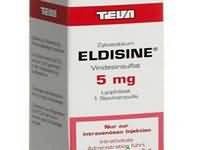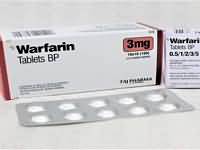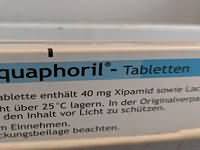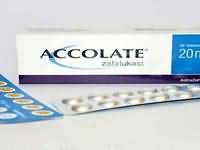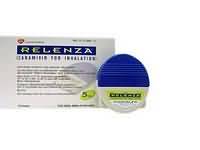phosphate supplements
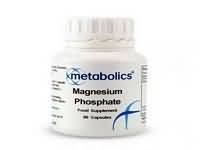
CLINICAL USE
HypophosphataemiaDOSE IN NORMAL RENAL FUNCTION
Oral: According to response; maximum oral dose =100 mmol in 24 hoursIV: 9–30 mmol/day (maximum 500 micromols/kg in critically ill patients); see ‘Other Information’PHARMACOKINETICS
DOSE IN RENAL IMPAIRMENT
GFR (mL/MIN)
DOSE IN PATIENTS UNDERGOING RENAL REPLACEMENT THERAPIES
IMPORTANT DRUG INTERACTIONS
Potentially hazardous interactions with other drugsAvoid insoluble incompatibilities, e.g. calcium saltsADMINISTRATION
Reconstition
–Route
IV, oralRate of Administration
Usually over 6–12 hoursComments
Phosphate polyfusor: give undiluted over 24 hours, peripherallyAddiphos: peripherally – give each vial (20 mL) diluted to 250–500 mL with glucose 5% over 6–12 hours, minimum volume 100 mL (UK Critical Care Group, Minimum Infusion Volumes for fluid restricted critically ill patients, 3rd Edition, 2006); centrally – 20 mL vial made up to 60 mL with glucose 5% over 6–8 hours via syringe driverOTHER INFORMATION
Oral dosing: Phosphate Sandoz – 16.1 mmol phosphate, 20.4 mmol sodium, 3.1 mmol potassium per tabletIV dosing: (i) Phosphate Polyfusor (500 mL) containing: 50 mmol phosphate, 81 mmol sodium, 9.5 mmol potassium. (ii) Addiphos (20 mL) containing: 40 mmol phosphate, 30 mmol sodium, 30 mmol potassium
See how to identify renal failure stages according to GFR calculation
See how to diagnose irreversible renal disease
Home
